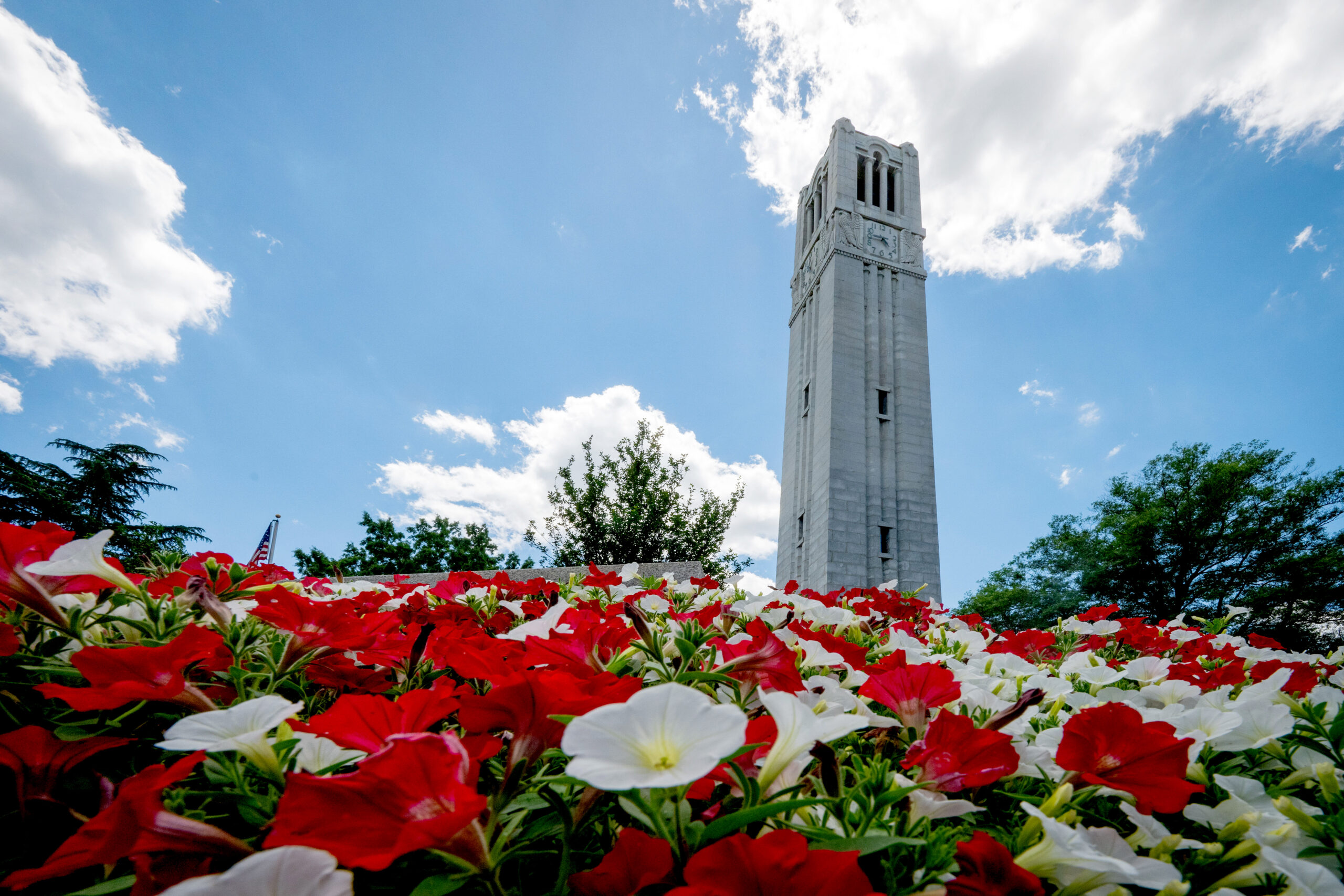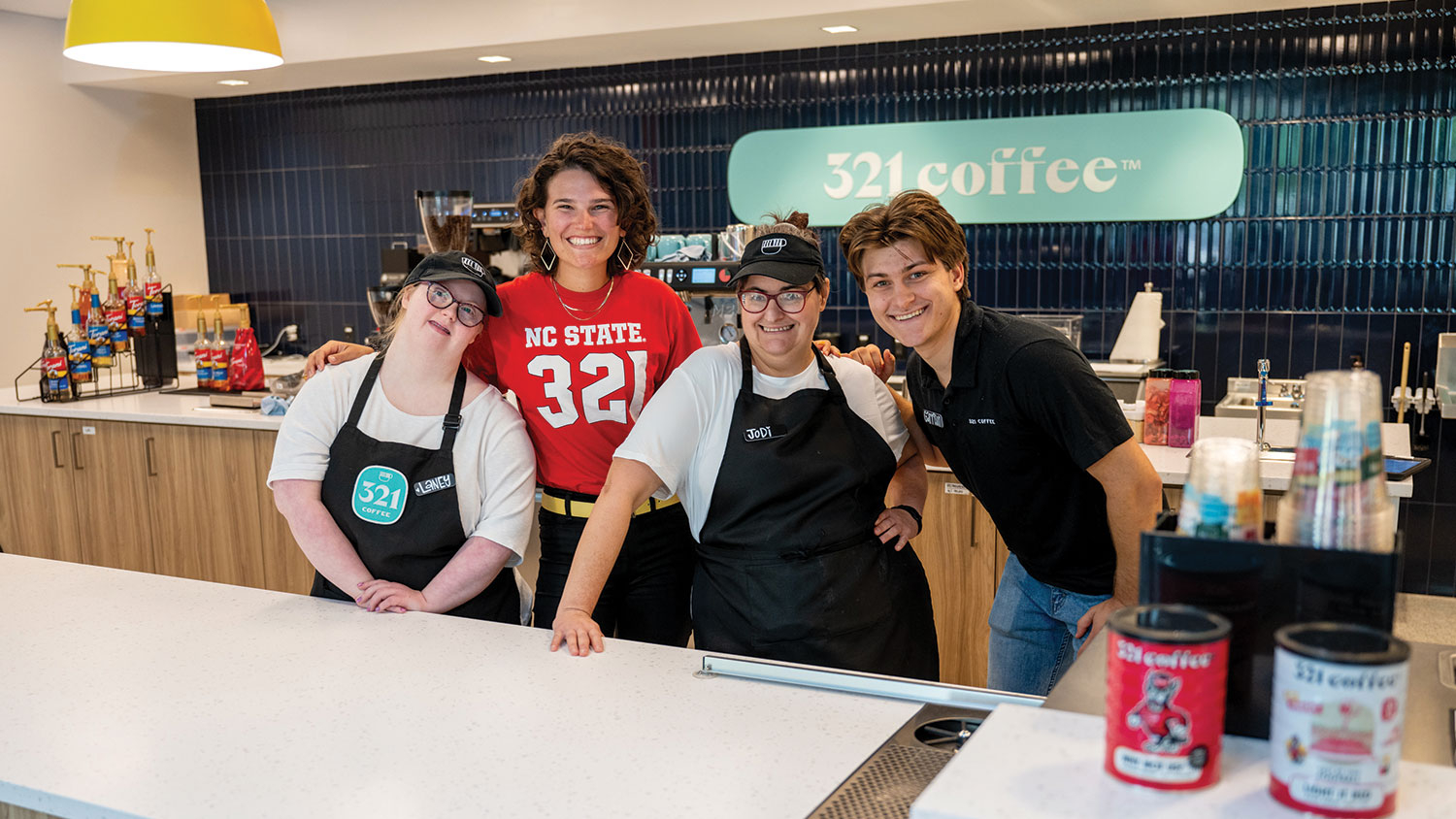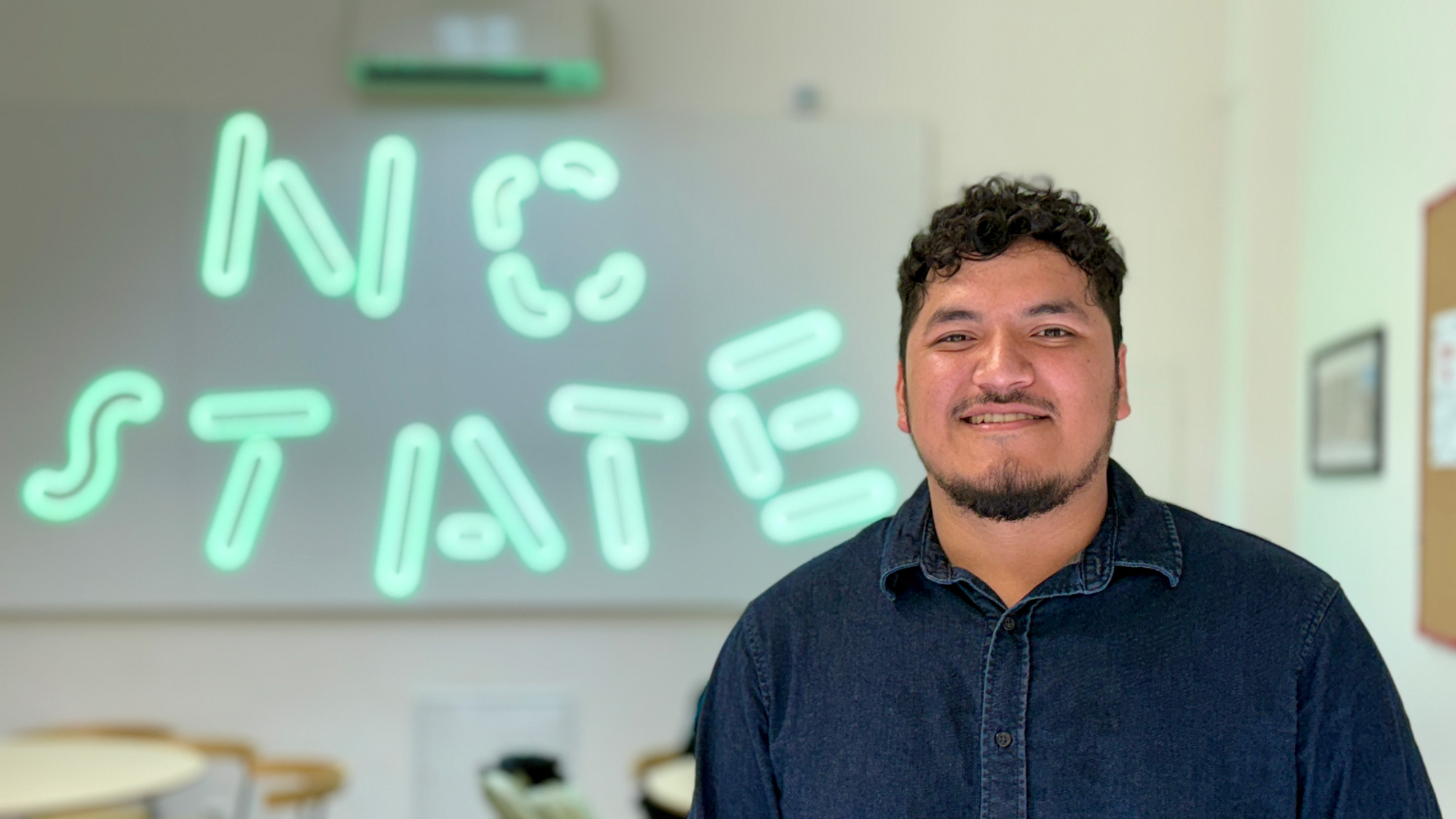Alum Recounts How Near-Fatal Accident at Ballpark Changed His Life
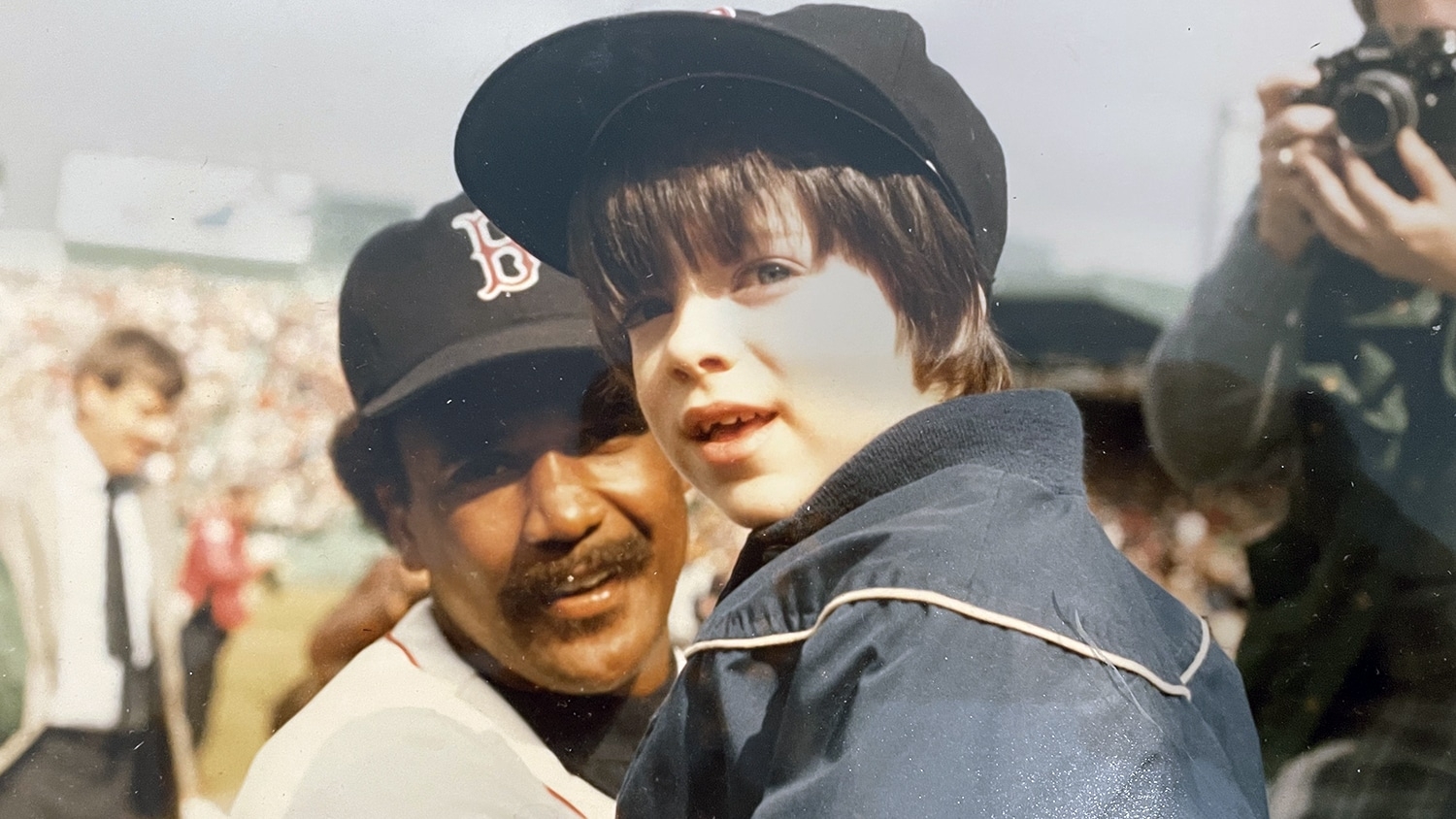
It was one of the most heroic moments in Major League Baseball history, up there with Rick Monday saving the American flag from protesters who were trying to set it on fire in the outfield of Dodger Stadium, President George W. Bush’s first pitch at Yankee Stadium after the 9/11 terrorist attacks and anything Jackie Robinson and Larry Doby endured on the field during the 1947 season when they integrated professional sports.
None of those events saved a life, however.
What Boston Red Sox outfielder Jim Rice did on Aug. 7, 1982, almost certainly did when the former American League Most Valuable Player and future member of the Baseball Hall of Fame raced into the stands to grab a 4-year-old boy who had been hit in the forehead by a foul ball off the bat of Red Sox shortstop Dave Stapleton.
As everyone else sat horrified, Rice acted. He took the boy out of his seat, rushed him to the Red Sox lockerroom and made sure he received treatment from team physician Arthur Papas before an ambulance whisked him away to Boston Children’s Hospital.
“I asked what happened,” Rice says, remembering that day this summer on the 40th anniversary of the incident. “They told me a kid got hit. ‘So why are you all sitting here?’
“So I went and got him.”
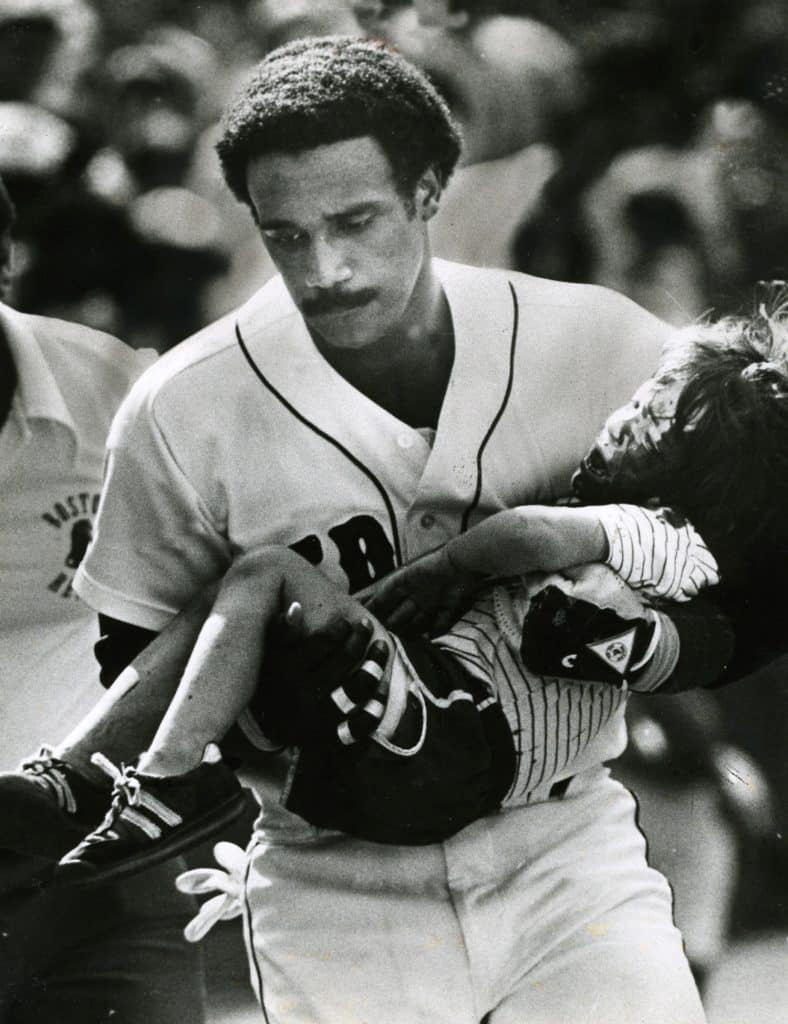
A Business Philosophy
Jonathan Keane has no memory of that family trip from his home in Greenland, New Hampshire, to Fenway Park with his father and younger brother Matt. He doesn’t remember the five days he spent in Children’s Hospital, but he does recall his chance to throw out the Red Sox first pitch of Opening Day in 1983, joining the father of retiring Boston legend Carl Yastrzemski in that ceremonial toss.
He has a small scar just above his left eyebrow that he doesn’t mind showing to a curious questioner and an annual anniversary to remind him of what happened the day Stapleton, his favorite Red Sox player, hit a line drive foul ball that fractured his skull and left 33,595 spectators wondering what might happen to the tiny limp body in Rice’s arms.
He is ever thankful to Rice, who he recently reconnected with through the New England Sports Network (NESN), where Rice serves as a pregame broadcaster for Red Sox games.
“He is a hero,” Keane says.

That near-fatal day left an imprint that goes beyond what the seams of the ball left on his forehead. It eventually led him to Raleigh and NC State, a school far removed from his New England roots that gave him the opportunity to create an identity beyond the “boy hit by a foul ball.” He graduated from the Poole College of Management in 2000 with a degree in business management and minors in marketing and finance.
In 2017, with friend and entrepreneur Joe Schmidt, Keane co-founded an outsourced customer staffing agency. He is now the chief executive officer of CustomerHD, which operates call centers in Raleigh and Belize City, Belize, for more than 20 international clients focused on strong customer-service solutions. The core principles involve two remnants from the horrific event of his childhood: people helping people and a strong commitment to giving opportunities to employees with disabilities.
“This is part of the story that hasn’t really been told,” Keane says.
A Mother’s Influence
In the aftermath of his accident, Keane needed constant care, which was primarily provided by his mother, Carol Johnson-Haywood, a special education teacher in the mountains of New Hampshire.
“The reality is that it took me a long time to recover,” Keane says. “My mom focused every day on that and was focused on making sure I was healing. She is the true unsung hero in all of this, even though she has always been behind the scenes when we talk about it.”
When Keane began looking at colleges, he was drawn south by warm weather, big-time college sports and finding a place where he could find a true purpose that befit his personality.
Studying engineering at NC State seemed to fit those goals perfectly, until he decided he needed more social connections than he received as an engineer, as a leader of the Union Activities Board and a member of the club golf team.
Enrolling in the College of Management helped him develop an entrepreneurial side that Keane didn’t know he had, with a strong sense of corporate compassion thrown in.
“One of the things I loved about NC State was that its core was not a bunch of elites,” he says. “It is made of people who are learning how to help other people. I think that’s who comes here and one of the reasons I wanted to come here.”
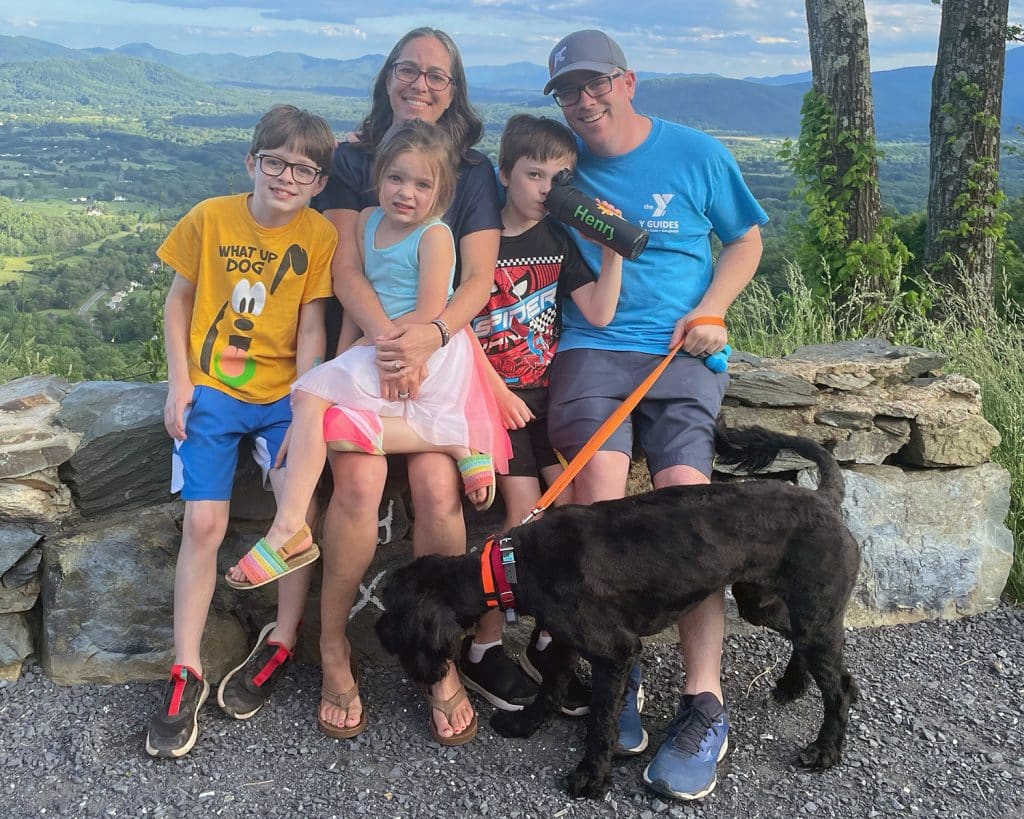
His mom’s helping hands and healing heart fit well with his educational experience and helped Keane develop a corporate mission that he and his co-founder hope go beyond operating call centers in two countries, with about 220 employees in the United States and nearly 100 in Belize.
“I had been to many and struggled with them because the people were treated poorly,” he says. “We started this company with the dream of creating a place that can treat people better.”
To do that, the CustomerHD’s two core principles are the motto “people helping people” and the concept of being “needed and known.”
“That means you are needed on the team you are on and that your manager knows about you, whether it is what you want to do in your career, a little bit about your family or even what the name of your dog is,” he says. “We have focused on that specifically in the U.S.”
The company has partnered with 3-2-1 Coffee for its local employees and done service projects with Habitat for Humanity of Wake County, a local food bank and local women’s center to instill the helping spirit into its workforce.
In Belize, CustomerHD has signed a memorandum of understanding with the Belizean Ministry of Human Development to improve the lives and employment opportunities for people with disabilities. Earlier this year, the company gave a city bus to Belize City for local citizens with disabilities to use on an everyday basis and during a time of national emergency.
“A lot of that comes from the time I spent with my mom,” Keane says. “Teaching special education was her passion. She’s been with me to Belize and has pushed me on doing some of the things we do there, making sure we are focused on it.
“She is going to hold us accountable for creating a quality atmosphere for our employees there. I love that.”
Four Decades Later
On Aug. 7 of this year — the 40th anniversary of Keane’s traumatic experience — he and his father appeared with Rice on NESN’s Red Sox pregame show to remember what happened that day.
It was a brief conversation that recounted the incident but added one new detail by Rice that took Jon Keane a little by surprise.
The 2009 electee into the Baseball Hall of Fame said the annual media reminders of his heroic actions are an important part of his career accomplishments, which include 2,452 hits, 382 home runs, 1,451 runs batted in and a lifetime .298 batting average.
And it forever ties him to the Keanes.
“I feel like I’m a family member,” Rice said.
And being part of a family is a foundational principle and purpose for what Keane wants his business to provide for its cast of managers, entry-level personnel and employees with disabilities.
This post was originally published in NC State News.
